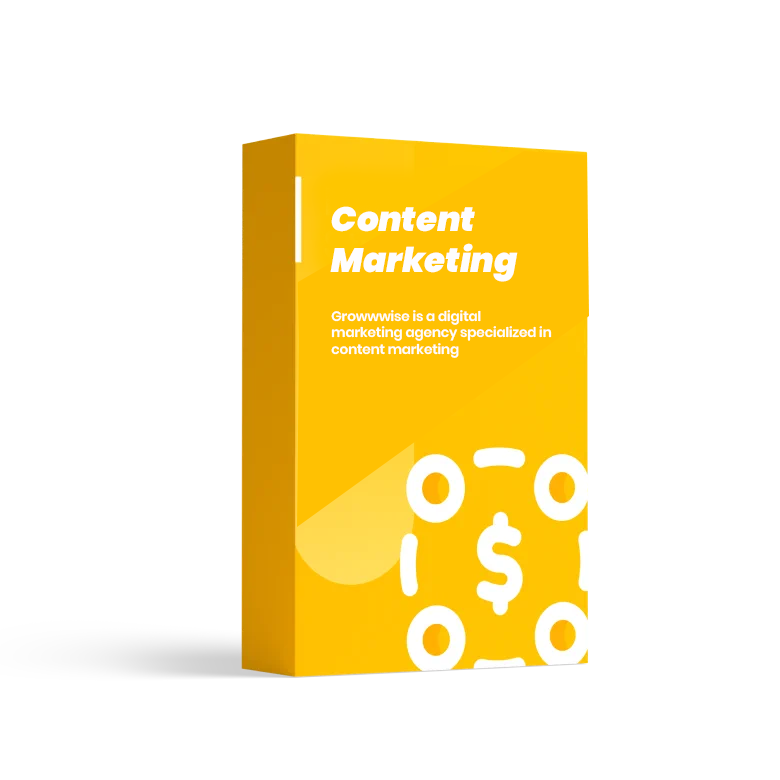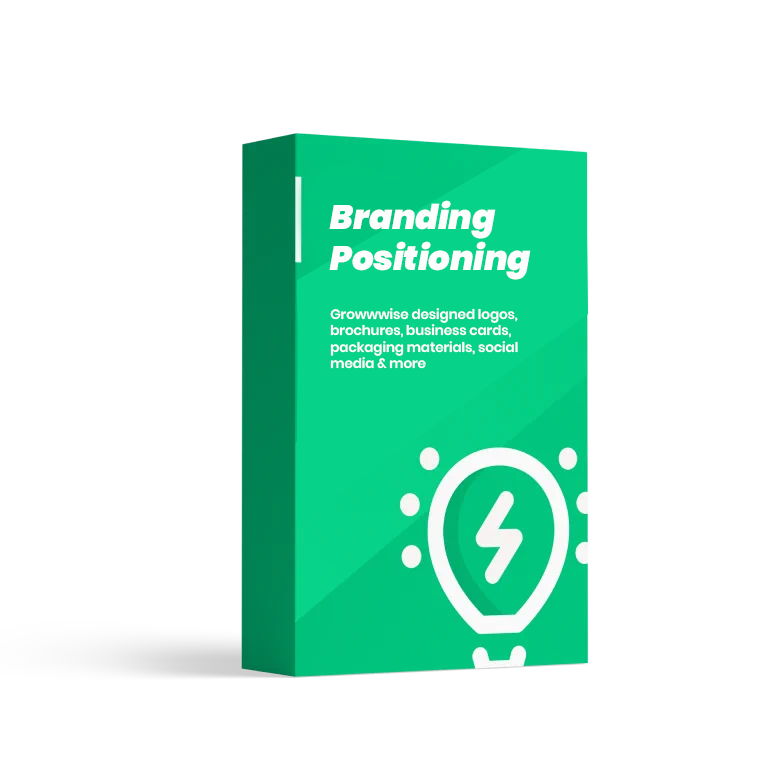Apple’s Screen Time and Google’s Digital Wellbeing
June 18, 2018Web design agency
July 13, 2018Human Resource is a key part of developing a business. Growwwise is talking from the perspective of a small-medium company. Our digital marketing agency is composed of 7 members. Certainly, Human Resources is getting crucial once the company has more than 5 members. For sure, people management is one critical part of setting up your company’s culture. We hope you enjoy our blog posts and apply some of them to your own small-medium company.
First of all, handle your Human Resources department by getting to know your employees’ personal and professional goals. Don’t count on others to do it. Rather, start the HR work yourself. Above all, take it as a personal task. Therefore, keep an open discussion around the goals of your employees and their careers plans. This is the easiest way to handle Human Resources for a small company.
In case your company has more than 15 employees you may consider looking into some tools to manage people. Similarly, you can assign a person in the office to be responsible for Human Resources. Of course, you may say that the cost of an HR department is too much for a small company. Certainly, after reading the rest of this article you can change that opinion. Above all, the benefits of having an HR expert working with your company are several. Certainly, you will not regret taking the time and capital investment.
The HR department
First of all, verify the current state of human resources by creating a database with the CVs of all your employees. Of course, the position description for each employee needs to be clearly identified. Therefore, we advise you to set targets to hit for all the quarters of the year. Also, create a career path growth plan.
Similarly, create a cost per hour for each employee so that you understand how much does the company pays for having that person work for your company. Also, plan some activities of team-building. Ask your employees what do they need to become better at what they do.
All these activities would require some time and work from your side, but if you have a small company the best way to make the people engage and get connected is to do it yourself. Employees love leaders who put in the work and set the example for them to follow.
A career path growth plan
In case you have a medium-sized company, it could be a good moment for you to start looking at hiring a professional HR expert. This way you can share the load of the work of managing the needs and demands of the employees.
Firstly, find a person who you see has huge people skills because this person needs to become the friend and advisors of all your employees.
Secondly, look for someone who clicks with you and the mission and values of your company.
Furthermore, give yourselves time to know each other and allow a connection to form.
By discussing the needs and possible opportunities the company needs from HR you will make sure you are on the same page with your HR expert.
Most likely the list of advantages coming out of the discussions will look much like the one we did below.
Advantages out of setting up an HR system
- Human resource planning helps in forecasting the future needs of the manpower and not only this, but it also helps in anticipating the vacancies arising soon. Understanding the necessities of your company in regards to human resources will prepare you for the future. Start early by building position documents with the requirements for those positions and start looking at the existing demand & offer for those positions on recruitment websites.
- Analyzing Current Manpower Inventory: Know yourself and you will never face difficulties. Know the skills of your people and how much workload they can handle. Knowing this gives you an idea about the number of projects you can take on and serves to understand if you need to outsource some tasks. To analyze the current manpower supply in the organization, use the stored information about the employees in terms of their experience, proficiency, skills, etc. required to perform a job.
- Training and Development. Offering training to your existing staff is a sign of respect and appreciation of your workforce. This decision of investing in improving the skills of your employees may translate into loyalty and commitment from your employees. Show people you care about their professional growth and they will answer with commitment and gratitude.
- Through Human Resource planning, the idle arising out of vacancy can be reduced and thus the overall performance of the business remains unaffected. It helps to make the strategic decisions related to the hiring and training of the manpower, in the case of shortage and layoff, termination or replacement of the manpower, in a case of surplus.
Here is a list of excellent materials available online regarding HR management. Our favorite one is number 4. Which do you prefer? Let us know in the comments below.
- Bamboohr
- ESMGRP
- Zugata
- People Goal
- Zoho
- Captera
Roles and Responsibilities in HR
Among the assignments, you HR responsible has there is the task of defining clearly what are the roles and responsibilities of each member of the company.
Setting these details clearly on a piece of paper will get the discussion easier and to the target. Does your company have such a list of the roles and responsibilities of the employees?
We offer an example of the roles and responsibilities of a project manager so that you can have a clearer picture regarding how these can look like.
There is no single template to use for each position existing in a company.
The structure of these documents is subject to the imagination of your HR responsible.
The usual roles and responsibilities of a project manager:
- Report to and take direction from the project sponsor
- Manage and communicate with the vendor to ensure a single voice and focus for the project
- Attend project meetings with the vendor team
- Escalate issues to the project sponsor that cannot be solved at a lower level and may impact the project’s schedule, cost, or quality
- Manage the day-to-day tasks performed by the project team
Manage the deliverable review process to ensure that the delivered solution meets the organization’s goals and objectives - Identify risks and implement risk mitigation strategies
- Facilitate and promote stakeholder communication
- Serve as the point of contact with stakeholder groups
- Monitor the deliverable and milestone schedule
- Maintain project work plans, action item lists, and issue and risk logs for the project team
- Monitor and report overall project status, including the status of all vendor deliverables
- Keep the project sponsor and stakeholders informed of project progress
- Develop and manage statement of work documents
- Determine project resource requirements and enlist stakeholder support to obtain those resources
- Monitor and track project budget, schedule, and quality against defined project objectives
- Oversee ongoing financial administration of the project
- Ensure vendor contract compliance.
Strategic onboarding
Certainly, traditional new-hire orientations have long consisted of internal team member introductions
and an overview of policies, forms, and procedures.
Onboarding is the process of acclimating new hires to the social and performance aspects of their new jobs quickly and smoothly.
Today, it provides a key foundational building block to any talent management strategy. A strategic onboarding program builds long-term engagement.
The engagement starts even before an employee’s first day. The activities include highly interactive recruitment practices and realistic job previews (Cornerstone).
Design S.M.A.R.T. goals
Talent management integration can happen when you understand and incorporate best practices that fit squarely within the needs of your unique business and culture.
Work together to create your company’s goals.
Also, do your best to consider your employees’ goals into the strategy of your organization.
Certainly, goal setting should follow the S.M.A.R.T. goal format.
Before establishing individual or team performance goals, ensure that they meet each of the following five criteria:
Specific: Goals are explicitly stated in terms of actions and behaviors that relate to the company’s vision and strategic objectives. If this can’t be done, consider whether the effort or output is truly necessary.
Measurable: Evaluation criteria must include specific metrics that describe how the performance will be measured. For example, terms of physical units, time and monetary elements are common measurement criteria.
Actionable: There is a reasonable and realistic probability that the goals can be achieved. Contingency planning is also helpful at this stage in determining how goals may be adjusted should unforeseen events block progress or results.
Realistic: Goals must be directly related to the individual’s sphere of influence, and necessary resources must be available to support successful outcomes.
Timely: Beyond determining deadlines for completion, specific milestones should also be established that give the employee, managers or coaches visibility into progress and problems along the way.
Growwwise offers brand analysis and consultancy for any type of industry. Give yourself the opportunity of working with a branding agency.
We are available on social media channels and by email: [email protected]









